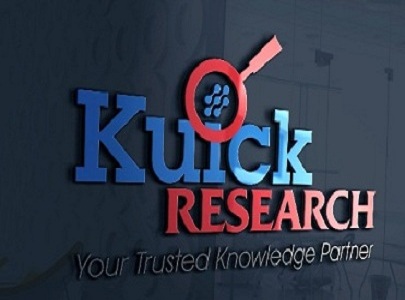Buy USD 20,000 Worth Of Reports (Single User/Multi User License) In USD 8000 Only
"Global Cancer Antibody Drug Conjugate Market, Price, Dosage and Clinical Trials Insight 2026" Report Highlights:
-
Global Cancer Antibody Drug Conjugate (ADC) Pipeline: 297 Drugs
-
Marketed Cancer Antibody Drug Conjugate: 9 Drugs
-
Antibody Drug Conjugate Marketed Opportunity: > US$ 13 Billion By 2026
-
Majority of Drug Trials Are For Second Line Therapy Or Greater
-
USA Dominates Cancer ADC Clinical Trials Landscape: > 180 Drugs
-
Tubulin Modulators Dominates Cancer ADC Trials: > 60 Drugs
-
Sales, Market Opportunity, Clinical Trials Graphs: > 100 Graphs
"Global Cancer Antibody Drug Conjugate Market, Price, Dosage and Clinical Trials Insight 2026" offers comprehensive clinical and non clinical insight on the recent trends and the opportunities that the market has been experiencing at a regional and at global level. The cancer antibody drug conjugate market has been witnessing tremendous growth and offers unexplored potential to pharmaceutical companies involved in development of anti cancer therapeutics market. This new drug class is widely accepted in the form of monotherapy as well as combinational therapy among the breast cancer, Acute Leukemia and Lymphoma patients. In addition to the various strategies that have been employed by the major key players of the market, the report also delivers information regarding the achievements, valuable highlights and all the progressive compilations that have been made in the market.
After the approval of first ADC i.e. Pfizer’s Mylotarg in year 2000, the antibody drug conjugates are continuously witnessing exponential growth and are emerging as most prominent therapeutic approach for the management of cancer. After the withdrawal of Mylotarg, two new antibody drug conjugates entered into the market, which took the antibody drug conjugates market to the next level. Further, the Mylotarg was also reintroduced into the market in 2017 and currently 9 cancer antibody drug conjugates are available in the market, which are continuously boosting the cancer antibody drug conjugates market.
The drugs launched under antibody drug conjugates class have been designed in a way such that they show promising targeting activity. The drugs incorporate antibody specificity as well as cell killing activity of cytotoxic agents that have been chemically conjugated. Other than the efficient targeting activity, the drugs under it have been prominent in showing various other clinical applications. With 9 antibody drug conjugates available in the market and all being tremendously successful, namely Lumoxiti, Polivy, Mylotarg, Besponsa, Kadcyla and Adcetris, this therapeutic method have been classified as a potent treatment in oncology.
An advantage that is associated with this class of therapeutics is that it has the ability to effectively identify the cells that are foreign or not healthy. In the present scenario, all the clinicians, non-clinicians and the patients are getting inclined towards it as it has overcome the challenge that were highlighted during other treatment procedure i.e. toxicity related issues. The current trend that the market states is that this novel therapeutic regimen has now become a part of mainstream oncology healthcare system and has achieved significant warmth in the oncology department all around the globe.
As per report findings, the cancer antibody drug conjugates will shown tremendous success in the upcoming years in both the research and market segments. The continuous success of the approved cancer antibody drug conjugates and presence of many new antibody drug conjugates in the clinical pipeline is indicating a very bright future for this market. The challenges for this market are very few, which can be easily prevail over in a short period of time and the driving factors such as unmet medical demand and high prevalence of cancer, are continuously boosting the market growth. We believe that in upcoming years, the antibody drug conjugates will occupy a dominant share in overall oncology market and it will emerge as most prominent cancer therapeutic segment.
